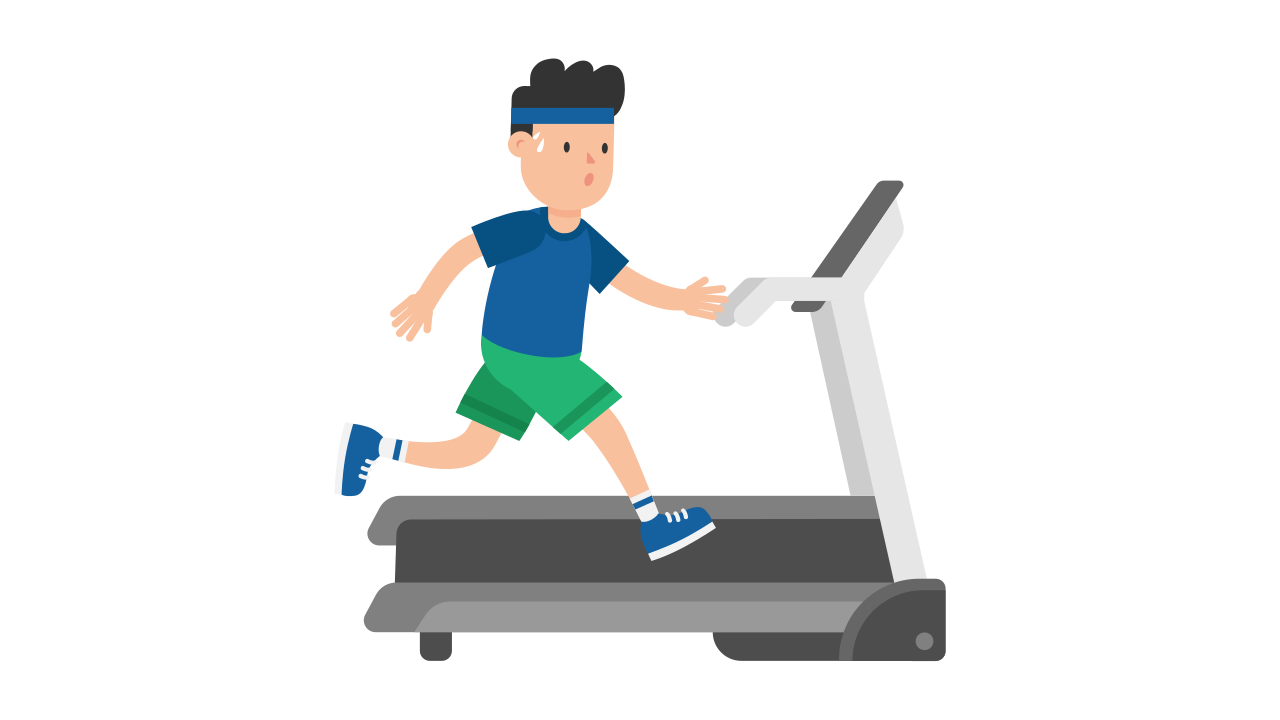Mastering Muscle Activation for Enhanced Personal Training Results
Mastering Muscle Activation for Enhanced Personal Training Results
Blog Article

In the world of personal training, the journey to achieving optimal results goes beyond simply lifting weights or following a set routine. A crucial element that often gets overlooked is muscle activation. By understanding and implementing muscle activation techniques, trainers can significantly enhance their clients' performance, increase strength, and reduce the risk of injury. This approach involves waking up specific muscle groups before engaging in strenuous activities, ensuring that the body functions at its best during workouts.
Muscle activation plays a vital role in bridging the gap between potential and performance. It involves strategies that prepare the muscles and nervous system for effective movement, which is especially important for individuals looking to maximize their training outcomes. As personal trainers, integrating these techniques into your sessions not only supports your clients in reaching their fitness goals but also educates them about their bodies and how to move efficiently. By mastering muscle activation, trainers can create a more effective and personalized training experience that yields remarkable results.
Understanding Muscle Activation
Muscle activation refers to the process of engaging specific muscles during exercise to maximize performance and effectiveness. It is crucial for individuals looking to enhance their training results. When muscles are properly activated, they work at their optimal capacity, leading to better strength gains, improved endurance, and a reduced risk of injury. Understanding how to effectively activate muscles can transform a workout routine and lead to significant progress.
To achieve effective muscle activation, personal trainers often employ various techniques that target specific muscle groups. This may include dynamic stretches, activation drills, and utilizing equipment such as resistance bands or foam rollers. Each of these methods helps to establish a mind-muscle connection, allowing individuals to become more aware of the muscles they are engaging during their exercises. This awareness is essential for ensuring that the intended muscle groups are being used effectively throughout each movement.
Incorporating muscle activation techniques into personal training sessions can lead to enhanced performance and overall results. Clients who understand how to activate their muscles properly are more likely to perform exercises safely and efficiently. By focusing on muscle activation, trainers can design tailored programs that address specific needs and goals, fostering a more personalized and effective training experience.
Techniques for Effective Activation
To effectively activate muscles before a workout, it is essential to engage in dynamic warm-up exercises tailored to the specific muscle groups being targeted. This may include movements such as leg swings, arm circles, or torso twists. These exercises help to increase blood flow and enhance the neuromuscular connection, preparing the body for more intense training. Prioritizing form and control during these warm-up activities ensures that the right muscles are being engaged, laying a strong foundation for the subsequent workout.
Another key technique in muscle activation is using resistance bands or light weights. Incorporating these tools into warm-up routines allows for targeted muscle engagement without overwhelming the body. For instance, performing banded lateral walks or external rotations can effectively activate the hip abductors and rotator cuff muscles, respectively. This approach not only prepares the muscles for heavier loads but also helps prevent injuries by ensuring adequate strength and control in targeted areas.
Personal Trainer
Mind-muscle connection is a crucial aspect of muscle activation that personal trainers should emphasize with their clients. By focusing on the muscles being worked during each exercise, individuals can enhance their awareness and control. Encouraging clients to visualize the targeted muscle contracting and relaxing during their workouts promotes better activation and improves overall training effectiveness. Combining these techniques can lead to significant gains in strength and muscle development, maximizing personal training results.
Integrating Activation into Training Programs
Incorporating muscle activation techniques into personal training programs is essential for maximizing the effectiveness of workouts. Trainers should start each session by identifying the specific muscles that will be targeted. This can involve using dynamic stretches or specific activation exercises tailored to wake up those muscle groups. For example, before a squat session, engaging the glutes and hamstrings through bridging or banded walks can help ensure these muscles are primed for optimal performance.
Once the activation phase is complete, it is important to integrate these techniques seamlessly into the main workout. Trainers should encourage clients to maintain the awareness of their activated muscles throughout the entire session. This focus on muscle engagement can enhance movement quality and reduce the likelihood of injury. Incorporating compound movements that emphasize proper alignment and activation can also reinforce the benefits of earlier activation exercises.
Finally, regular assessment is crucial for adapting training programs that incorporate muscle activation techniques. Clients may demonstrate improvements in muscle engagement over time, necessitating adjustments to their activation routines. By continually refining activation strategies and making them a habitual part of each training session, trainers can foster better outcomes and help clients achieve their fitness goals more effectively. This ongoing process keeps the training fresh and aligned with the evolving needs of the client.
Report this page